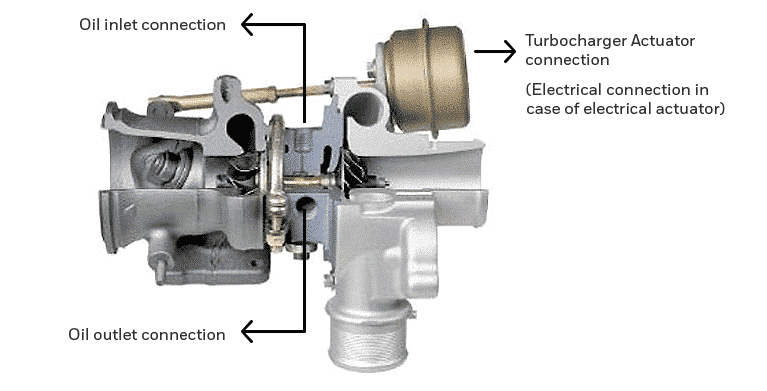- About Us
- Technology
- Emission Reduction Technology
- Zero Emission Vehicle Technology

Gain access to thought leadership and practical knowledge to increase your expertise in ...
Visit the Knowledge Center
How can high-speed technology reshape the way we think about electric propulsion?
Watch the Webinar
- Emission Reduction Technology
- Racing & Aftermarket
- Careers
- Grow Your Career

Jan Matulik is passionate about innovation in products and processes – and he found the perfect environment for what drives him when he joined Garrett...
Read more about Garrett Careers
Since joining Garrett as a manufacturing engineer in 2016, Mandy Zhang’s skills development across multiple roles has led to a...
Read more about Garrett Careers
As an indirect procurement specialist, Korea-based Sujin Ok thrives on being part of a global network comprising Garrett Motion...
Read more about Garrett Careers
- Grow Your Career
DISCLAIMER
The content of the diagnostic tool on this website is for information only and should not be used as a substitute for manufacturer’s procedures and guidelines. Garrett Motion disclaims any liability with regards to the contents of this online guide that is graciously provided to the public. In particular Garrett Motion cannot be held liable for any injuries or damages due to improper use of the materials contained therein. Garrett Motion reminds that a turbocharger can only be assembled or disassembled by trained engine specialists.
WARNING
- The evaluation may only be conducted with the vehicle in drivable condition.
- The instructions are followed without fail as described by the vehicle manufacturers before any vehicle trials.
- Discontinue the trials at signs of engine malfunction such as black smoke, excessive oil consumption or run away engine.
- Always use the diagnosis tool recommended or provided by the vehicle’s manufacturer in combination with turbocharger guidelines.
 Question the customer on failure symptoms
Question the customer on failure symptoms
 Check the vehicle intervention and repair history.
Check the vehicle intervention and repair history.
 Run the vehicle to reproduce claim
Run the vehicle to reproduce claim


 Run the diagnostic equipment as recommended by the car manufacturer; this will allow to read the error codes of the Engine Control Unit and indicate in which direction to look for the problem.
Run the diagnostic equipment as recommended by the car manufacturer; this will allow to read the error codes of the Engine Control Unit and indicate in which direction to look for the problem.
Correct tightening, alignment and integrity (no leak, damage or clogging)

Correct tightening, alignment and integrity (no leak, damage, clogging or external pollution)

In case a heavy pollution is found externally on a blocked turbo kinematics, a proper cleaning should be done to restore kinematics function – avoid a risk of water ingress into turbocharger interior, when cleaned with pressure water
Select the type of issue
© 2025 Garrett Motion Inc.




